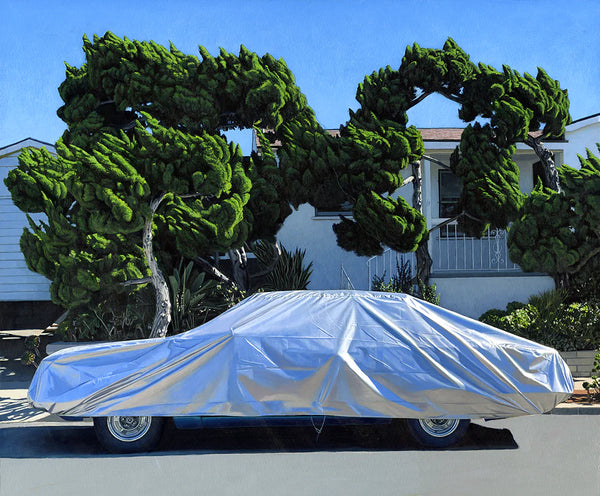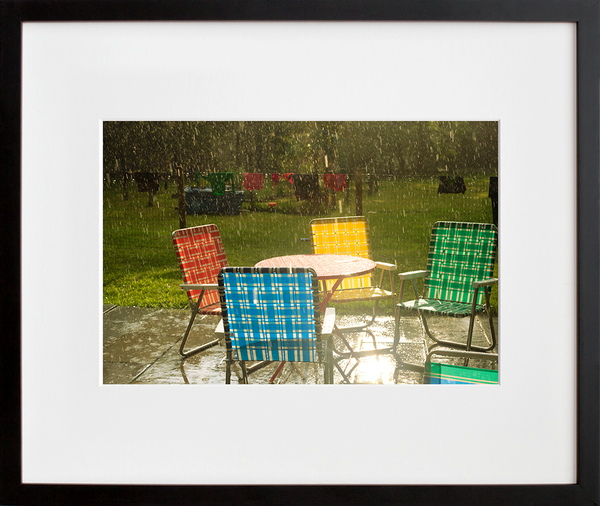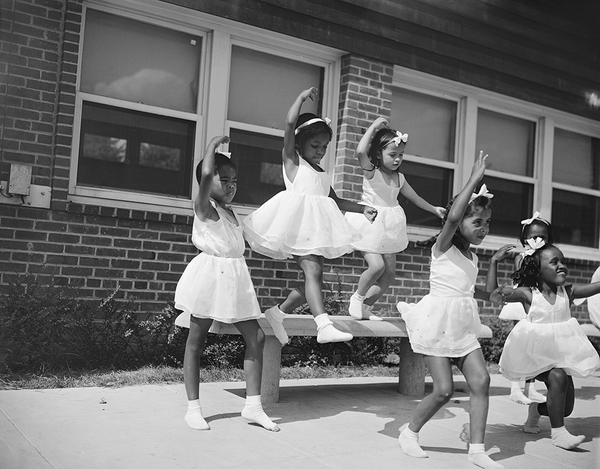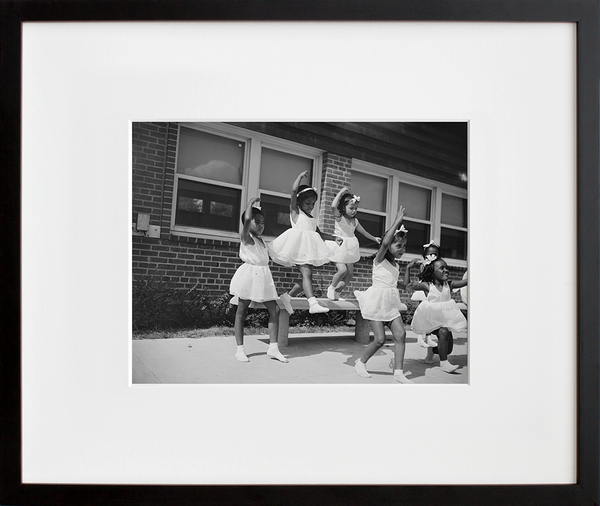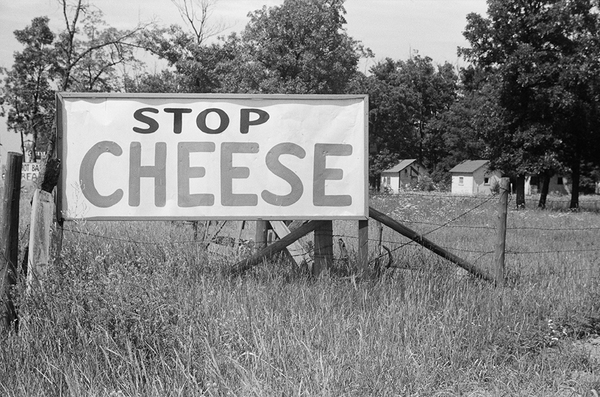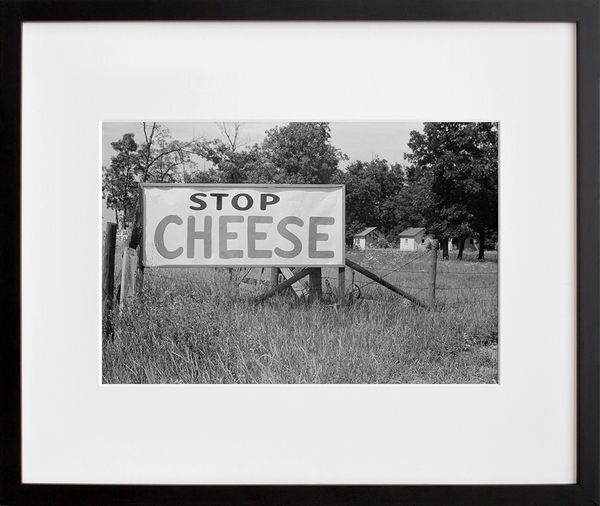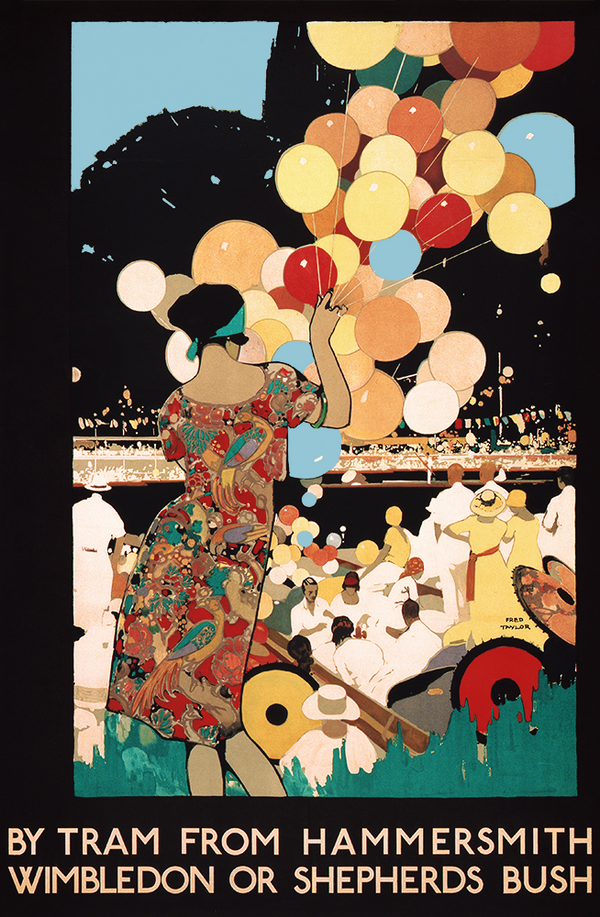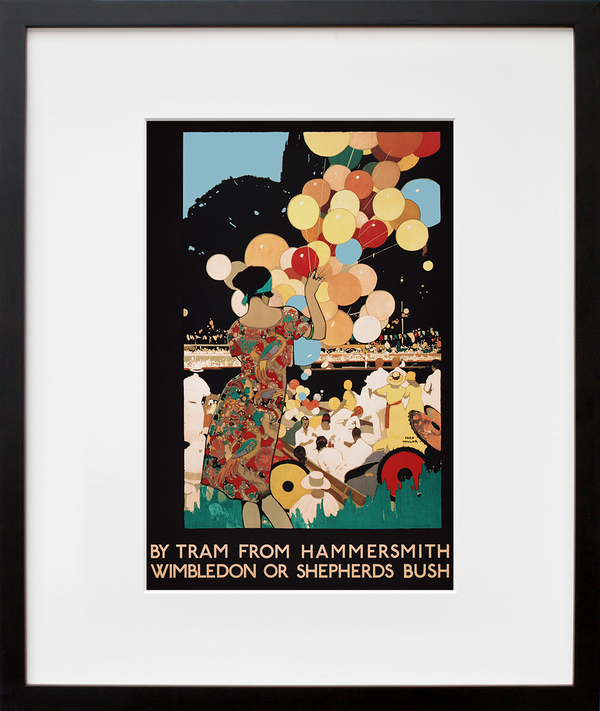By tram from Hammersmith Wimbledon or Shepherd's Bush by Fred Taylor
10"x8" ($40) | 14"x11" ($85) | 20"x16" ($275) | 24"x20" ($675) | 40"x30" ($1,950)
Fred Taylor (1875–1963) was a prolific British painter and poster designer known for his detailed, near-photographic renderings of architecture, his depictions of idyllic landscapes, and his energetic multi-figure scenes. Bursting with Art Nouveau jubilance, Taylor’s 1922 poster By Tram from Hammersmith Wimbledon or Shepherds Bush is exemplary of his iconic designs for The Underground Electric Railways Company of London, Limited. Our carefully remastered archival print of this poster is our debut edition of the artist’s work. That’s cause for the kind of celebration pictured in Taylor’s composition–bring out your balloons, your ticking, your busy patterns, your fancy hats, and your parasols! Oh, and be sure to have a few pence in your pocketbook for the tram.
Taylor’s poster work emerged during an early 20th century global revolution in graphic publicity. It also emerged amidst the evolution of London’s expanding public transportation network. To put things in perspective, the last horse drawn tram in London didn’t hang up its bridle until 1915–only seven years before this piece’s debut–and electric trams, Underground trains, and motor buses all jockeyed for position in the city’s jam-packed streets. Unsurprisingly, The Underground Electric Railways Company of London, Limited widely harnessed bold visual design to promote travel using their modes of transport.
Starting in 1908, Frank Pick, the head of publicity for the company, transformed Underground advertising by commissioning artists to create posters that highlighted destinations rather than the transport itself, reinforcing the system’s universal appeal and aligning trains and trams with a sense of fantasy, wonder, and possibility. The resulting work emphasized leisure, comfort, and modernity, often drawing from contemporary art movements like Fauvism, Art Deco, Art Nouveau, Realism and Impressionism. Artists like Taylor shaped a cohesive yet aesthetically diversified brand identity designed to communicate this vision and entice passengers.
Throughout his career, Taylor produced over 100 posters for a variety of British railway companies, London Transport, the Empire Marketing Board, and many shipping firms. He was an official British Naval camouflage artist (called a “camofleur”!) who painted Dazzle Ships during World War II, the Royal Mail Steamship Company commissioned him to document a voyage to South America, and he didn't stop there. Also a muralist, Taylor’s notable clients included Lloyd’s of London and upscale British fashion retailer Austin Reed. He exhibited widely, including at the Royal Academy, the Fine Art Society, and the Paris Salon, and was a member of the Art Workers’ Guild. Before that, Taylor studied at the Académie Julian in Paris and London’s prestigious Goldsmiths College, where he won a scholarship to travel and study in Italy.
Although London operated the world’s largest tram network–at its peak, it served millions–the use of trams declined heavily at the end of the 1920s due to both rising competition from motor buses and changing transport policies. Work like Taylor’s helped trams fight to stay relevant for as long as possible, adding an additional layer of meaning to this dynamic, enticing piece.
You may also like...

Fly TWA: New York, a 20x200 Vintage Edition

Fly TWA: San Francisco, a 20x200 Vintage Edition


